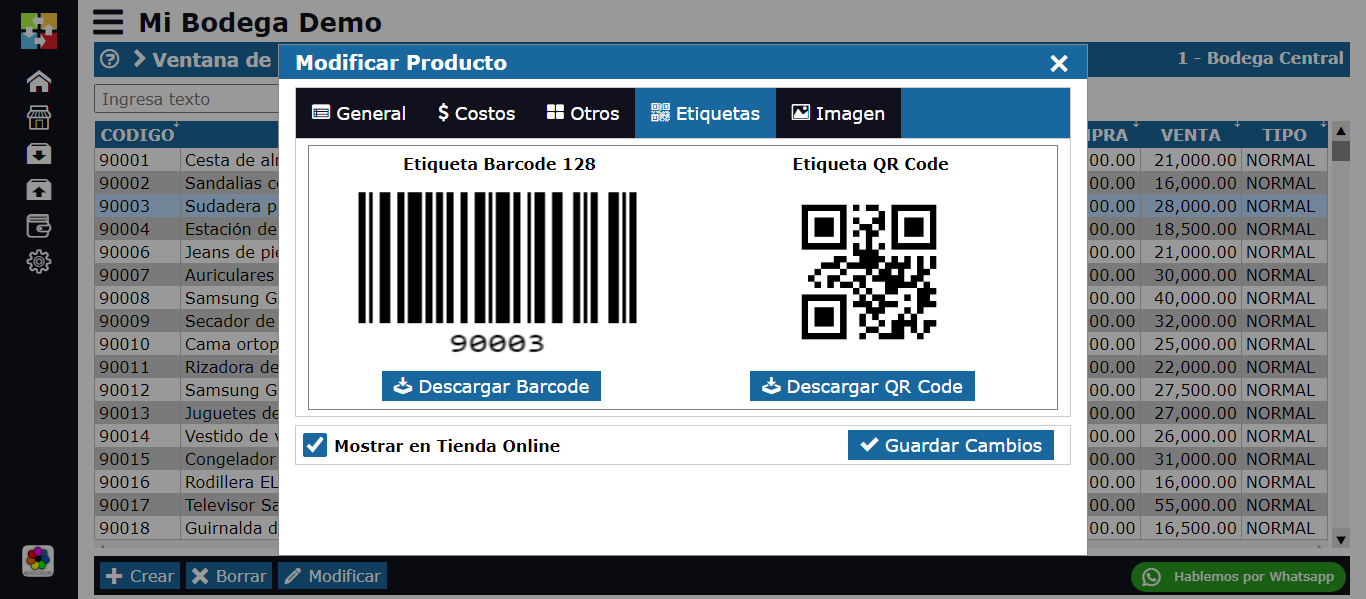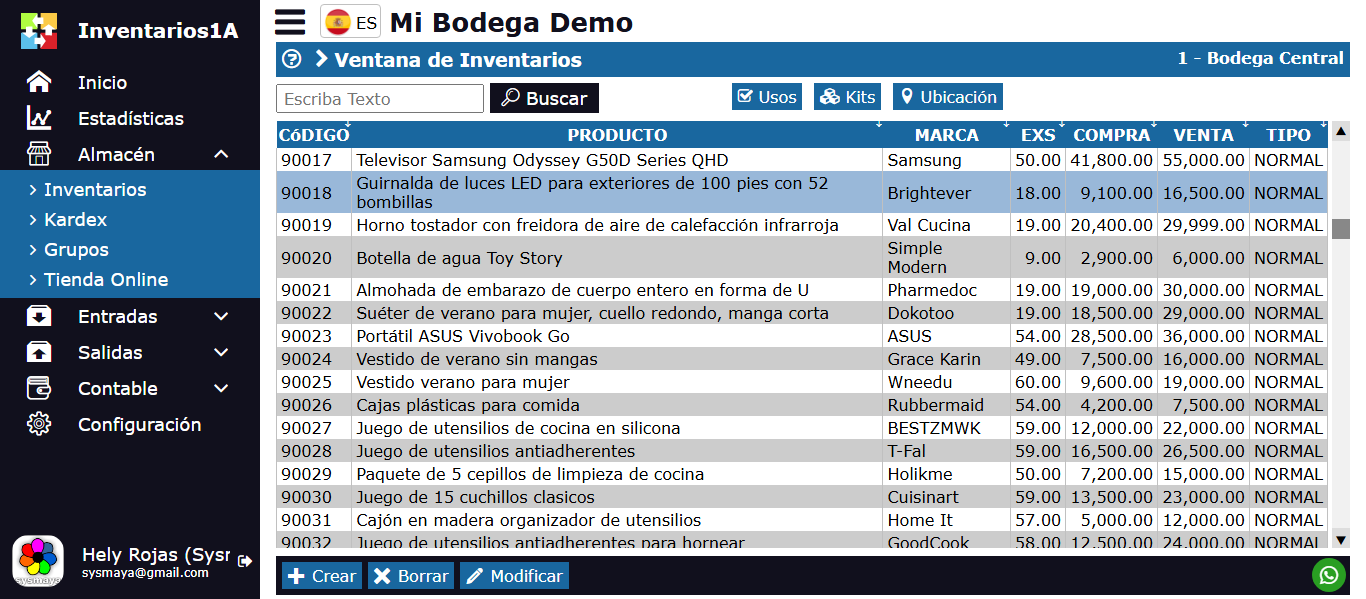Because I have problems with file or folder permissions on my web server
Permission issues in files or folders are one of the most common errors that can affect the functioning of a website. These problems can cause access errors, content loading issues, and even affect the security of your site. In this article, we will explain how to identify and correct these problems following best practices.

What are file and folder permissions?
File and folder permissions are a set of rules that determine who can access, read, write, or execute a file or folder on a web server. These permissions are important for ensuring the security and access control of the files and folders on your website.
Types of permissions
There are three basic types of permissions:
- Read (r): allows you to read the contents of a file or folder.
- Write (w): allows you to write or modify the contents of a file or folder.
- Execute (x): allows you to execute a file or folder as a program.
How to identify permission issues?
There are several ways to identify permission issues in files or folders:
- Error 403 Forbidden: this error indicates that the web server does not have permission to access a file or folder.
- Error 500 Internal Server Error: this error can indicate that the web server does not have permission to execute a file or folder.
- Content loading issues: if files or folders do not load correctly, it may be due to permission issues.
How to correct permission issues?
To correct permission issues, follow these steps:
Step 1: Check current permissions
Use the ls -l command in the terminal to check the current permissions of a file or folder.
Step 2: Set appropriate permissions
Use the chmod command to set appropriate permissions for a file or folder. For example:
chmod 755 file.php sets read, write, and execute permissions for the owner, and read and execute permissions for the group and others.
Step 3: Check file or folder ownership
Use the chown command to check the ownership of a file or folder. For example:
chown user:group file.php sets the ownership of the file for the specified user and group.
Permission issues in files or folders can significantly affect the functioning of a website. By understanding how to identify and correct these issues, you can ensure the security and access control of your files and folders. Remember to follow best practices when setting permissions and ownership of files and folders to avoid issues in the future.





